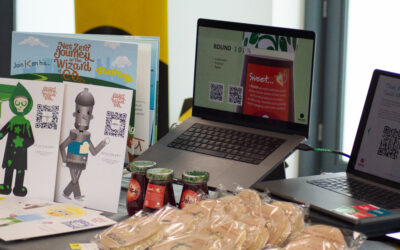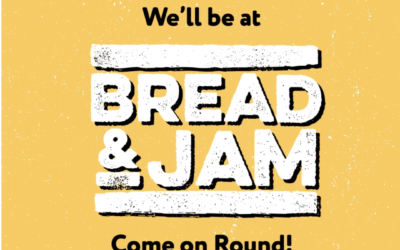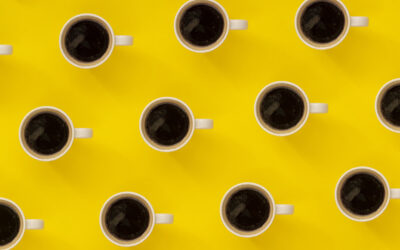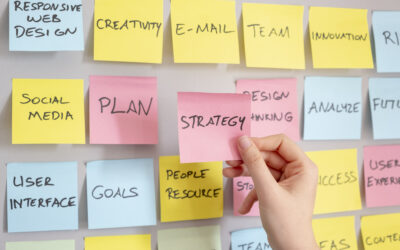From Clicks to Loyalty: How Graphic Design Enhances User Engagement
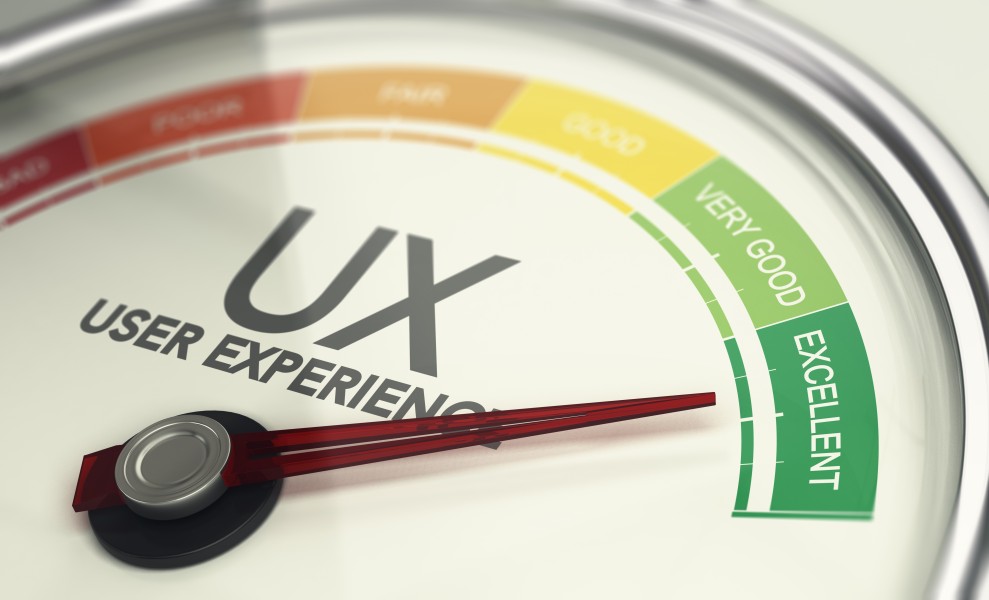
In today’s digital age, user experience (UX) has become a critical factor in the success of any product or service. From websites to mobile apps, users demand a seamless and engaging experience that meets their needs and expectations. One essential element in creating an effective user experience is graphic design.
The Basics of Graphic Design and User Experience
Graphic design and user experience (UX) are closely intertwined. Graphic design is the process of creating visual content to communicate information and ideas to a specific audience, while UX refers to the overall experience that a user has when interacting with a product or service.
Here are some of the basics of graphic design and how they relate to UX:
- Visual hierarchy: Visual hierarchy is the arrangement of design elements in a way that guides the viewer’s eye through the content. A good visual hierarchy can help users quickly and easily find what they’re looking for and understand the relationships between different pieces of content.
- Layout: The layout refers to the arrangement of design elements on a page or screen. A well-designed layout should be easy to navigate and should prioritize the most important content, while also creating a balanced and visually appealing composition.
- Colour: Colour palettes are a powerful tool in graphic design, as they can evoke emotions, convey meaning, and create visual interest. Designers must choose colours carefully to ensure that they align with the brand’s identity and create a cohesive and engaging user experience.
- Typography: Typography refers to the selection and arrangement of fonts in a design. Good typography can enhance the readability and visual appeal of the content, while also conveying the tone and style of the brand.
- Images and graphics: Images and graphics are essential components of graphic design, as they can communicate complex ideas quickly and effectively. Designers must choose images and graphics that align with the brand’s identity and create a visually appealing user experience.
Enhancing User Engagement Through Graphic Design
Graphic design plays a crucial role in creating an engaging user experience. Here are some ways in which graphic design can be used to enhance user engagement:
- Animations: Animations can add life and movement to a product, making it more engaging and memorable for users. Well-designed animations can also guide users through a process, provide feedback, and add an element of surprise and delight.
- Illustrations: Illustrations can help explain complex concepts in a simple and engaging way. They can also add personality and character to a product, making it more memorable and appealing to users.
- Interactive elements: Interactive elements such as sliders, buttons, and hover effects can make a product more fun and engaging to use. They can also provide users with a sense of control and interactivity, making them more invested in the product.
- Visual hierarchy: A well-designed visual hierarchy can guide users through a product and help them find what they need quickly and easily. By using size, colour, and placement, designers can create a clear and intuitive hierarchy that enhances the user experience.
- Microinteractions: Microinteractions are small design elements that add a touch of interactivity and personality to a product. Examples include the sound of a click, the animation of a button, or the notification of a completed task. These small details can create a more engaging and enjoyable experience for users.
The Future of Graphic Design in User Experience
The future of graphic design in user experience is exciting and rapidly evolving. Here are some trends and advancements to keep an eye on:
- Augmented Reality: Augmented reality (AR) allows users to interact with digital content in the real world. Graphic designers can use AR to create immersive and interactive experiences that blur the line between the digital and physical worlds.
- Personalisation: Personalisation is becoming increasingly important in user experience design. Graphic designers can use data and user insights to create personalised experiences that feel tailored to the individual user.
- Minimalism: Minimalism has been a popular trend in graphic design for several years, and it’s likely to continue in the future. By simplifying design elements and reducing clutter, designers can create a cleaner and more user-friendly experience.
- Voice User Interface: Voice user interface (VUI) technology is becoming more sophisticated, allowing users to interact with digital content using their voice. Graphic designers can create VUI experiences that are visually engaging and intuitive, while also providing a seamless voice interaction.
- Sustainability: Sustainability is becoming a more significant concern for consumers, and graphic designers can play a role in promoting sustainable practices. By creating designs that use sustainable materials and techniques, designers can help reduce waste and create a more environmentally-friendly user experience.
Overall, the future of graphic design in user experience is focused on creating more immersive, personalised, and sustainable experiences for users. As technology continues to evolve, graphic designers will need to stay up-to-date with the latest advancements and trends to create designs that meet the changing needs and expectations of users.
Here at Round, we recognise graphic design as an essential element in creating a user-friendly and engaging product. By focusing on visual appeal, information architecture, user engagement, branding, and usability, we can enhance the user experience and create a product that your users love to use.


